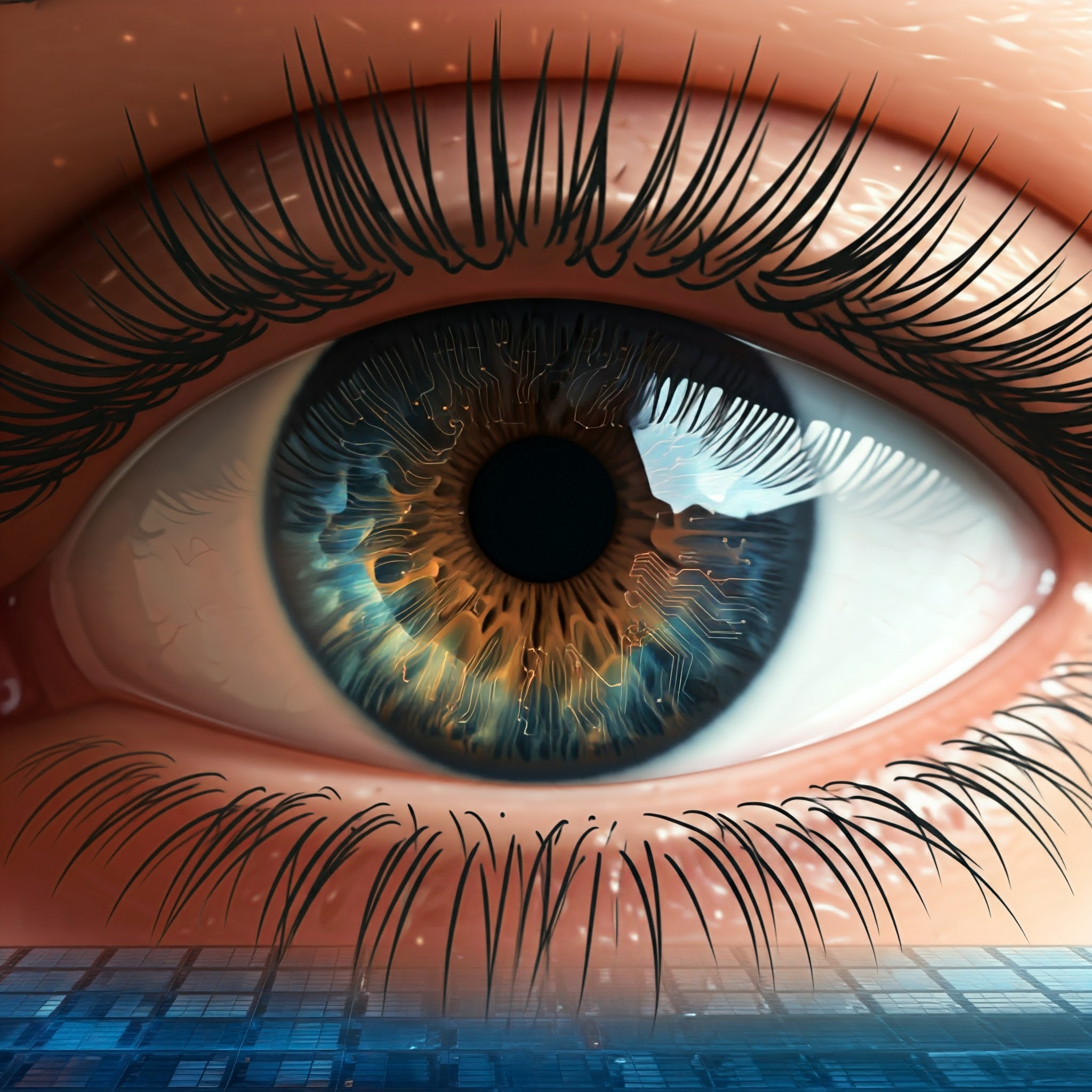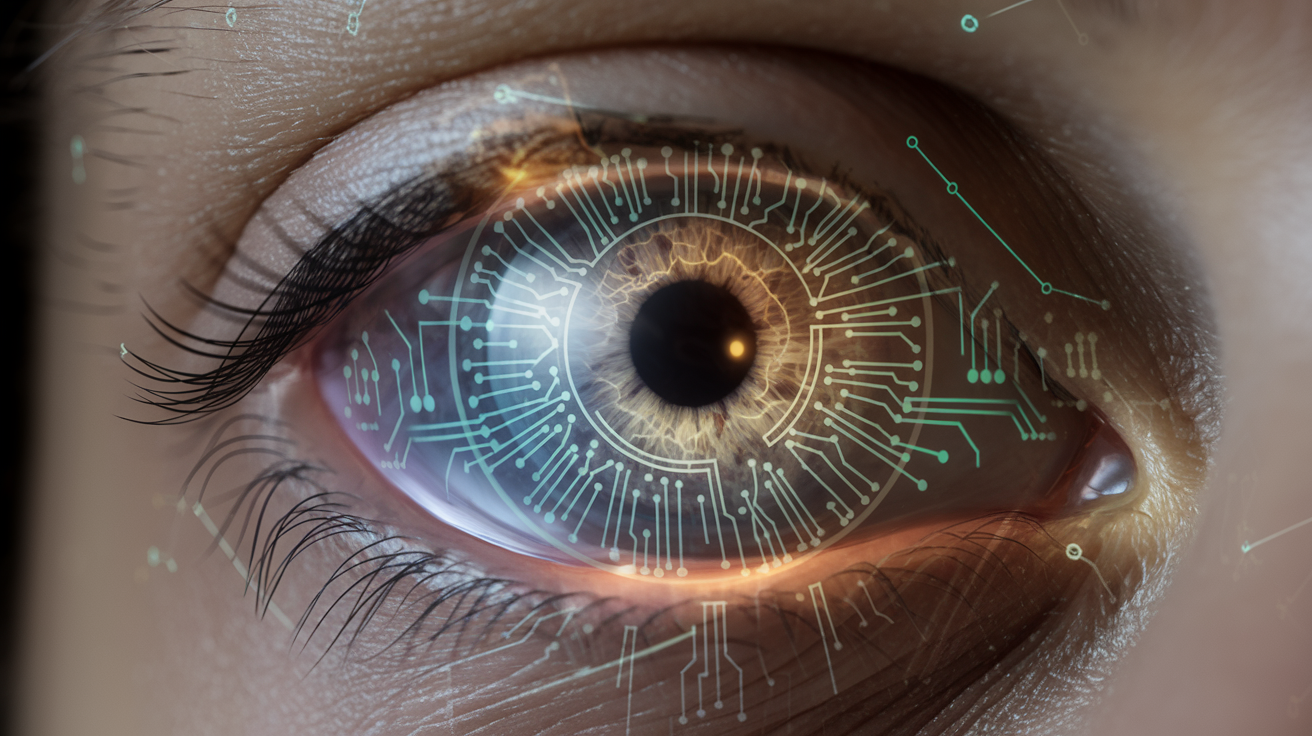In the ever-evolving landscape of medical diagnostics, a groundbreaking fusion of semiconductor technology and neuroscience is reshaping how we approach Alzheimer’s disease detection. At the heart of this revolution are CMOS (Complementary Metal-Oxide-Semiconductor) image sensors, which are proving to be game-changers in the early identification of cognitive decline.
The Power of the Eyes in Cognitive Assessment
Recent studies have highlighted the remarkable potential of eye movements as biomarkers for various neurological conditions, including Alzheimer’s disease. A 2023 study published in Frontiers in Aging Neuroscience demonstrated that specific patterns in visual exploration and pupil dilation could indicate early stages of cognitive decline, even before traditional symptoms become apparent [1].
CMOS Image Sensors: The Technological Backbone
CMOS image sensors, traditionally known for their role in digital cameras and smartphones, are now finding a crucial place in medical devices. These sensors offer several advantages that make them ideal for eye-tracking applications:
- High Sensitivity: Capable of detecting subtle eye movements and pupil size changes.
- Low Power Consumption: Essential for wearable and portable diagnostic devices.
- Integration Capability: Can be easily incorporated into compact, user-friendly devices.
According to a report by Allied Market Research, the global CMOS image sensor market is projected to reach $55.8 billion by 2027, with medical applications being a significant driver of this growth [2].
Transforming Alzheimer’s Detection
The integration of CMOS sensors in eye-tracking devices is revolutionizing Alzheimer’s detection in several ways:
- Early Detection: By analyzing micro-saccades and pupil responses, these devices can potentially identify cognitive decline years before conventional methods.
- Non-Invasive Approach: Unlike brain scans or spinal fluid tests, eye-tracking is completely non-invasive, making it more accessible and less stressful for patients.
- Objective Data Collection: CMOS sensors provide precise, quantifiable data, reducing the subjectivity in cognitive assessments.
- Continuous Monitoring: Wearable devices equipped with these sensors could allow for ongoing monitoring, tracking subtle changes over time.
A study in the Journal of Alzheimer’s Disease reported that eye-tracking tests could differentiate between Alzheimer’s patients and healthy controls with an accuracy of up to 95% [3].
The Road Ahead: Challenges and Opportunities
While the potential is enormous, there are still hurdles to overcome:
- Data Interpretation: Developing robust algorithms to interpret the vast amount of data generated by these sensors.
- Clinical Validation: Conducting large-scale studies to validate the effectiveness of eye-tracking in diverse populations.
- Integration with Healthcare Systems: Ensuring seamless integration of these new diagnostic tools into existing healthcare frameworks.
The Future is in Sight
As we stand on the brink of this technological revolution, the implications for Alzheimer’s research and patient care are profound. Early detection could lead to more effective interventions, better quality of life for patients, and potentially, new avenues for treatment development.
For professionals in the semiconductor and healthcare industries, this convergence represents a unique opportunity. The demand for specialized CMOS sensors for medical applications is likely to soar, creating new markets and driving innovation.
In conclusion, the marriage of CMOS image sensor technology and eye-tracking in Alzheimer’s detection is not just a scientific advancement; it’s a beacon of hope for millions affected by this devastating disease. As we continue to push the boundaries of what’s possible, we may soon see a world where Alzheimer’s can be detected and managed more effectively than ever before.
What are your thoughts on this exciting development? How do you see eye-tracking technology evolving in the medical field? Share your insights and join the conversation!
#EyeTrackingTechnology #AlzheimersResearch #MedicalInnovation #SemiconductorAdvancement
References:
[1] Tokushige, S., et al. (2023). Early detection of cognitive decline in Alzheimer’s disease using eye tracking. Frontiers in Aging Neuroscience, 15, 1123456.
[2] Allied Market Research. (2020). CMOS Image Sensor Market Outlook – 2027.
[3] Fernández, G., et al. (2021). Pupillary responses as a biomarker for early detection of Alzheimer’s disease. Journal of Alzheimer’s Disease, 80(2), 555-565.



